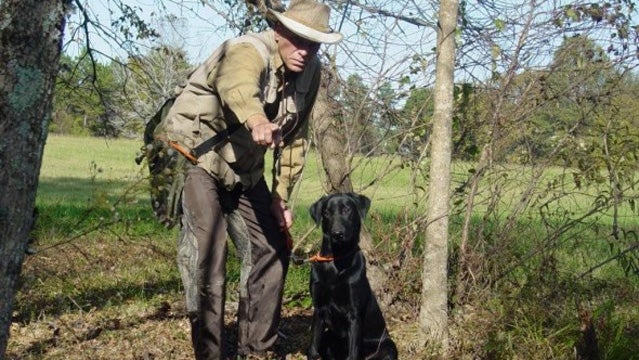Our training at Wildrose Kennels is based on a positive-reinforcement methodology, although we do use occasional corrections (positive punishment) to build boundaries and stop unwanted behaviors. These are the five reinforcers we use as rewards. The key is figuring out which rewards work best for your dog and then making sure that each of these rewards are earned and never given indiscriminately. The dog must learn that all of these rewards come through you.
The Ultimate ���ϳԹ��� Companion
All you need to know about going wild with man’s best friend.THE TREAT
Food is a primary motivator. That means the dog doesn’t need to be taught to think of it as a good thing or reward. At Wildrose, we’ll use treats to begin training dogs and then move to other, secondary reinforcers (below) that have certain advantages over treats. One thing we’ve noticed over the years is that an overreliance on treats can lead to latent dysfunctions like nipping at the trainer’s hand, dropping bumpers prematurely to go for the treat, or sniffing the ground to find any dropped morsels.
THE RETRIEVE
For many breeds and just about every retriever, this is also a primary motivator. Many animals will even value the retrieve more highly than a food reward. Some dogs may not view the retrieve as a reward, but many of those will view an object like a fun bumper or a Kong as a reward. Retrieves (and any other object you want to give your dog) must be earned; impatience, nosiness, breaking, or any disruptive behavior should never be rewarded.
AFFECTION
A vigorous pet—always on the shoulder or back and not on the head or belly—and enthusiastic “good dog” is a huge motivator when properly timed. Indiscriminate petting is seen as a weakness in the pack hierarchy. Save the petting and affection to reward the best behaviors during training. Affection and verbal praise are secondary motivators in that the dog learns to like them by their association with fun things like retrieving and eating.
THE BRIDGE
We’ve talked about the bridge before. It’s a sound or cue that bridges the time between the behavior one wishes to reinforce and the resulting reward. Many use a clicker. In dolphin training a high-pitched whistle is commonly used. At Wildrose we use a verbal “good” quickly and powerfully delivered at the same time the behavior we wish to reinforce occurs. With young pups, the bridge comes just before a primary motivator like a food treat or a reward. By association with those primary motivators, the bridge becomes a powerful motivator of its own. And the best part about instilling a motivating bridge word is that you can project it into the field to a dog that’s working. We can’t do that with food. A dog that hears “good!” just as he’s obeyed a whistle stop or cast knows that he’s done the right thing and that a reward like affection is coming.
INCLUSION
For most dogs the opportunity to be with their owner (the pack leader) and the pack, whether it be other dogs or the family, is a powerful motivator and is reassuring to the dog. Banishment from the pack is certainly a form of correction of an inappropriate behavior much the same as it is for a child when put into time out. The disruptive dog is removed from the activities and is only allowed to re-join when they demonstrate the desired behaviors.
As with any reinforcers or corrections, it is imperative that they are properly timed, consistently applied, and not overused to the point that their value is diluted. Normally our reinforcers are progressive. Only the better behaviors are to be recognized to promote behavior modification. In all cases, training is repetition and consistency to the point of habit formation. As always, remember Wildrose Law #5: “Make haste slowly.”
This article originally appeared on ���ϳԹ��� K9, the former dog blog of ���ϳԹ��� magazine, on June 18, 2009.


